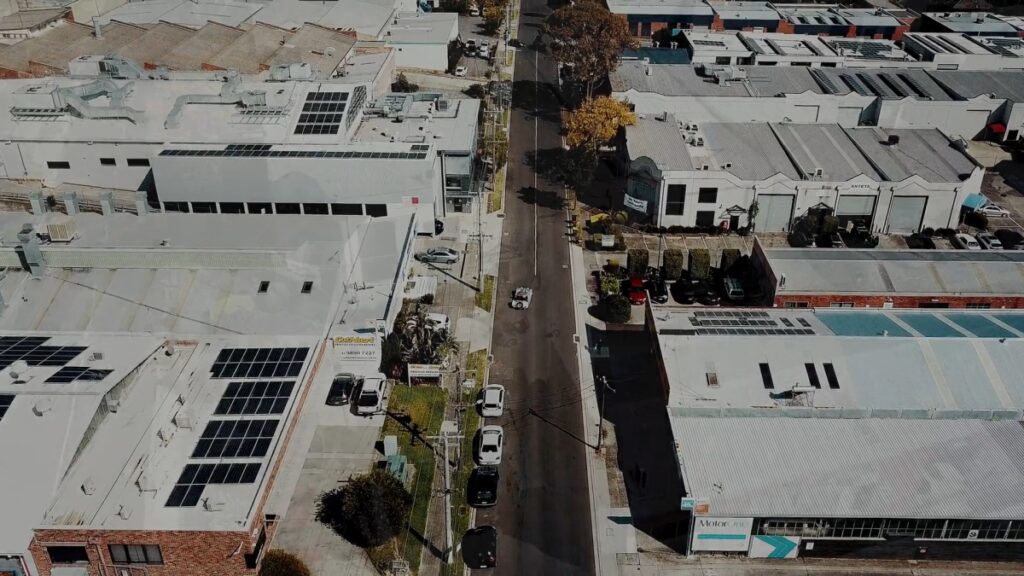Yesterday, the Albanese Government introduced the Treasury Laws Amendment (Payday Superannuation) Bill 2025 to Parliament.
From 1 July 2026, every Australian employer will have to pay their employees’ superannuation at the same time as their wages.
Treasurer Jim Chalmers said the reason for the change is “clear and compelling.” Around $5.2 billion in super went unpaid last financial year, mostly affecting lower-income and casual workers — many of them women. “Super is an entitlement of workers, like salary or wages,” he said. “Unpaid super is wage theft.”
No one can argue with that logic. It’s good law — it protects workers, it keeps super balances growing, and it stops dodgy operators from using employees’ money to prop up their own cash flow. But for businesses that already run close to the line, it will be one of the biggest cash-flow shifts in years.
Why This Change Matters
At the moment, most employers pay super quarterly. That means businesses get roughly three months of breathing room between paying wages and transferring 12 per cent to the employee’s fund.
From July 2026, that buffer disappears.
Super will need to move at the same time as payroll — every week or fortnight — and the redesigned Superannuation Guarantee Charge will automatically penalise late payments. There’ll be no “we’ll fix it next quarter” safety net.
While the amount is the same, the timing certainly will strain cash flow in a business, and be a disaster for those nor preparing now.
The Cash-Flow Crunch
MYOB and Employment Hero have already modelled the numbers. They estimate small and medium businesses face an average $124,000 working-capital gap under Payday Super. One in three say they’ll need to build extra reserves to stay solvent through the transition, and one in five expect to change their pay cycles entirely.
For businesses with tight margins — hospitality, trades, transport, retail — this means the cash-flow rhythm they’ve run on for years has to change. Paying super monthly or quarterly is effectively a small, rolling loan your business takes from the system. That loan is about to be called in.
What Businesses Should Do Now
1. Review your pay cycle.
If you pay weekly, that’s now weekly super. Consider whether a fortnightly cycle (or aligning pay runs with invoicing or debtor receipts) will ease the pressure.
2. Build a super float.
Start treating super as part of weekly payroll. Create a separate account or ledger to hold super contributions as you go, so it’s not being spent on operations. By July 2026, you should already be in the habit.
3. Adjust pricing and terms.
For contractors and service businesses, review charge-out rates and supplier terms to absorb the new timing. Your margins need to reflect money leaving faster.
4. Forecast cash flow properly.
Include super in weekly cash-flow forecasts, not quarterly. Tools like Cruncher or your accounting system should model it automatically — if not, it’s time for better software.
5. Communicate with your accountant or bookkeeper.
There will be new reporting rules and automated penalties. Make sure your payroll system, clearing house, and accounting software are all Payday-Super-ready well before July 2026.
A Fair System That Demands Discipline
There’s no question the reform is fair. Paying people their super when they’re paid their wages is exactly how it should be. But fairness doesn’t make it easy.
The transition will squeeze working capital, expose poor cash management, and test whether businesses really understand their numbers.
Businesses that plan now — those that forecast, build a super buffer, and keep their books clean — will take this in stride. The ones that don’t will find out, too late, that good legislation still punishes bad habits.
Payday Super is coming. It’s time to get your cash flow in shape.
This reform will touch almost every business in Australia — from trades and cafés to logistics and professional services. The earlier you prepare, the easier it will be to absorb the change.
We strongly encourage all clients to contact their accountant and client coordinator to discuss how Payday Super will affect your cash flow and payroll cycle.
These changes aren’t far away, and planning now will make sure you’re ready long before 1 July 2026.




